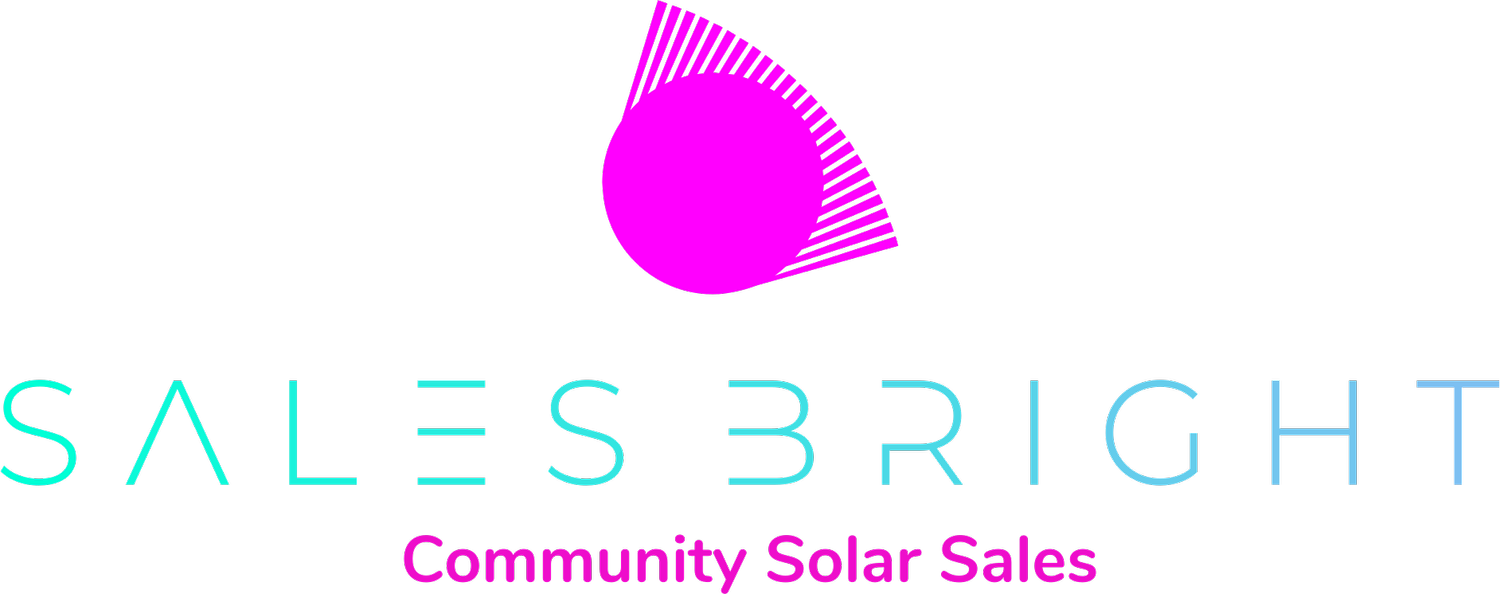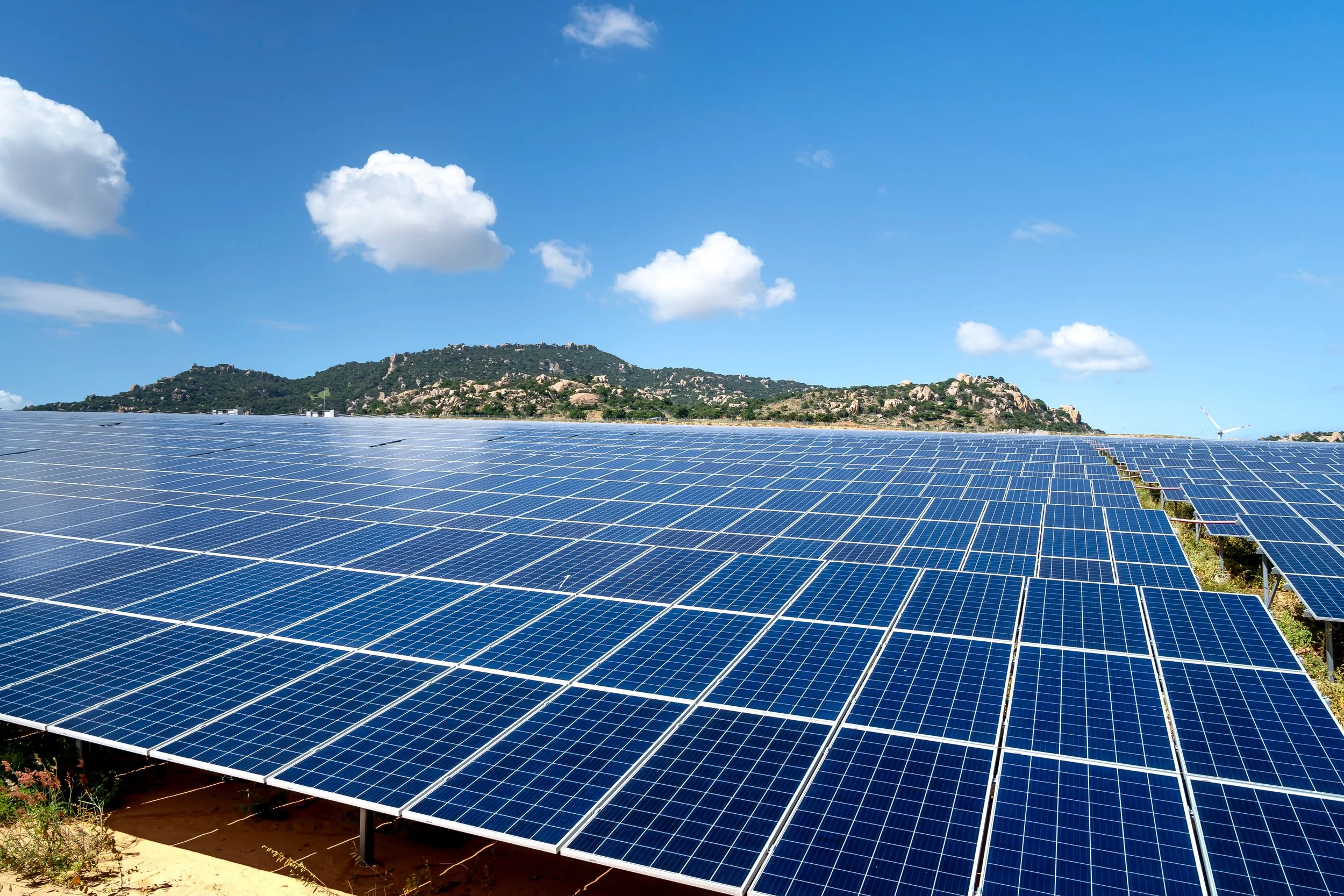Our Key Learnings
Overview
Community Solar remains a largely unknown entity. Consumers are far more familiar with third-party electric suppliers and the rooftop solar industry, the latter of which prospects often refer to when being presented with community solar for the first time. In fact, only 1 in 5 consumers know they can receive the benefits of solar energy without installing rooftop solar.
Community solar’s value proposition is powerful. To match the industry’s potential with reality and achieve the ambitious installation targets, the industry must adopt a simplified marketing message strategy.
The Good News
~8 in 10 consumers believe solar energy can save them money.
~9 in 10 consumers claim they’d be interested in solar energy if they could receive the benefits of solar energy without installing panels.
95% of consumers believe the solar industry is trustworthy.
The Challenges
Buyer Personas
Although there’s an abundance of available market-based research from the likes of Wood Mackenzie and others, there’s a dearth of insightful and practicable consumer-based research exploring how best to market community solar. This is an emerging area of focus for us, and we hope that our soon-to-be best-in-class consumer research will ease developer’s subscription burden and help drive mass adoption of community solar.
Complexity
The complexity and diversity of how community solar programs are designed, managed and marketed, cause consumer adoption challenges. Given the state-by-state approach and the number of stakeholders involved, a universal messaging strategy is unlikely to emerge; however, the industry can do more to minimize the confusion consumers confront when evaluating community solar options. Case in point… Community solar, shared solar and solar gardens are all diverse attempts to explain the same fundamental service.
Confusion between rooftop and community solar
Within the first few minutes of a conversation with a community solar prospect, until it’s established that community solar differs significantly from rooftop solar, any attempted explanation of community solar will be tethered to the prospect’s preconceived notions about rooftop solar. It’s critical, within the first two minutes of a conversation, to firmly establish community solar’s value proposition independent of rooftop solar and third-party supply.
Lack of consumer awareness
Despite a number of committed parties engaged in promoting community solar (developers, nonprofit organizations, sales vendors, utilities), there remains a giant black hole of consumer awareness regarding the availability and benefits of community solar. The industry needs to spend more money educating the public and marketing the benefits of community solar.
Lack of customer referrals
Rooftop solar companies have mastered the art of the referral. When I sold rooftop solar, the company I worked for urged us to ask new customers for up to 15 referrals. And guess what, it worked. We asked for the moon and almost always walked away with a few referrals. The same opportunity exists within community solar, but relatively few companies are leveraging customer referrals effectively.
Poor Messaging
Explain the “Why” before you explain the “How.” Far too many pitches get bogged down in the complex explanation of solar credits, billing and the electric grid. Messaging needs to be lean and savings focused and not complicated by the behind-the-scenes management.
Emphasize the “community” in community solar. Demonstrate a strong local knowledge of where the solar farm is located to build trust with prospects.
Solar without the hassle - Sales cycles for rooftop solar can be long and frustrating, with prospects lingering in the consideration stage for months, or even years. Given the much tighter unit economics of community solar, the industry cannot afford to have what should be a transactional sale evolve into a complex sale.


